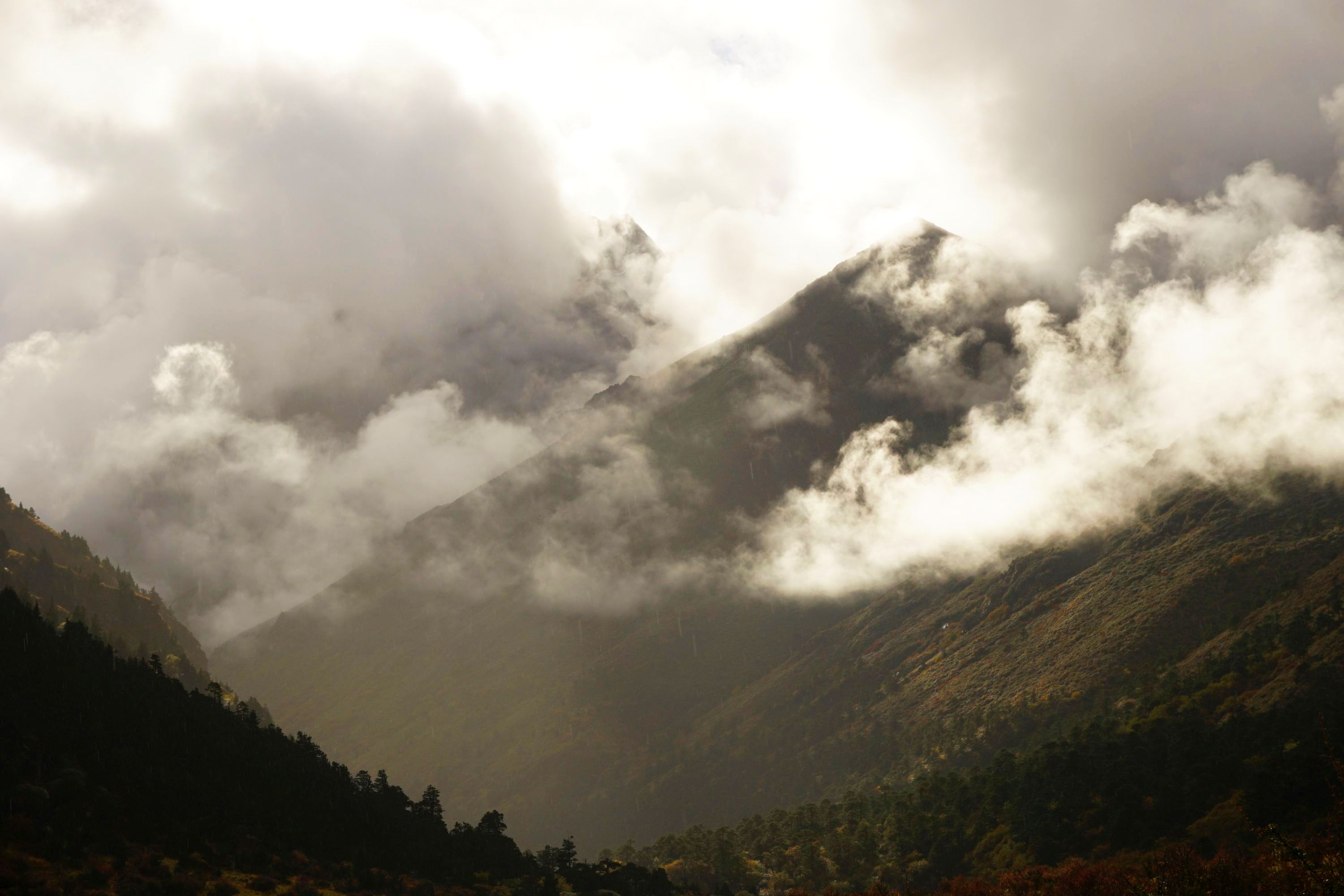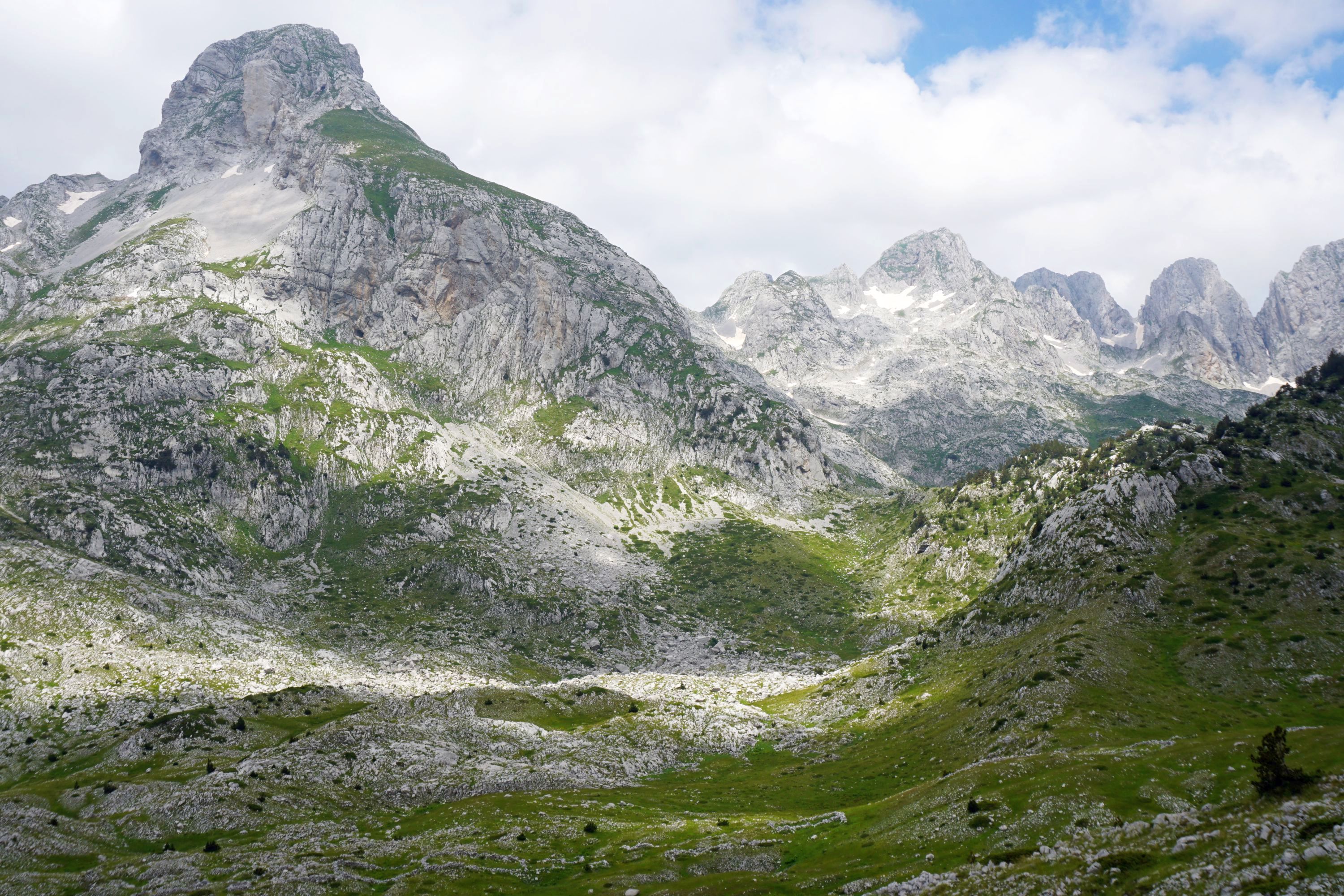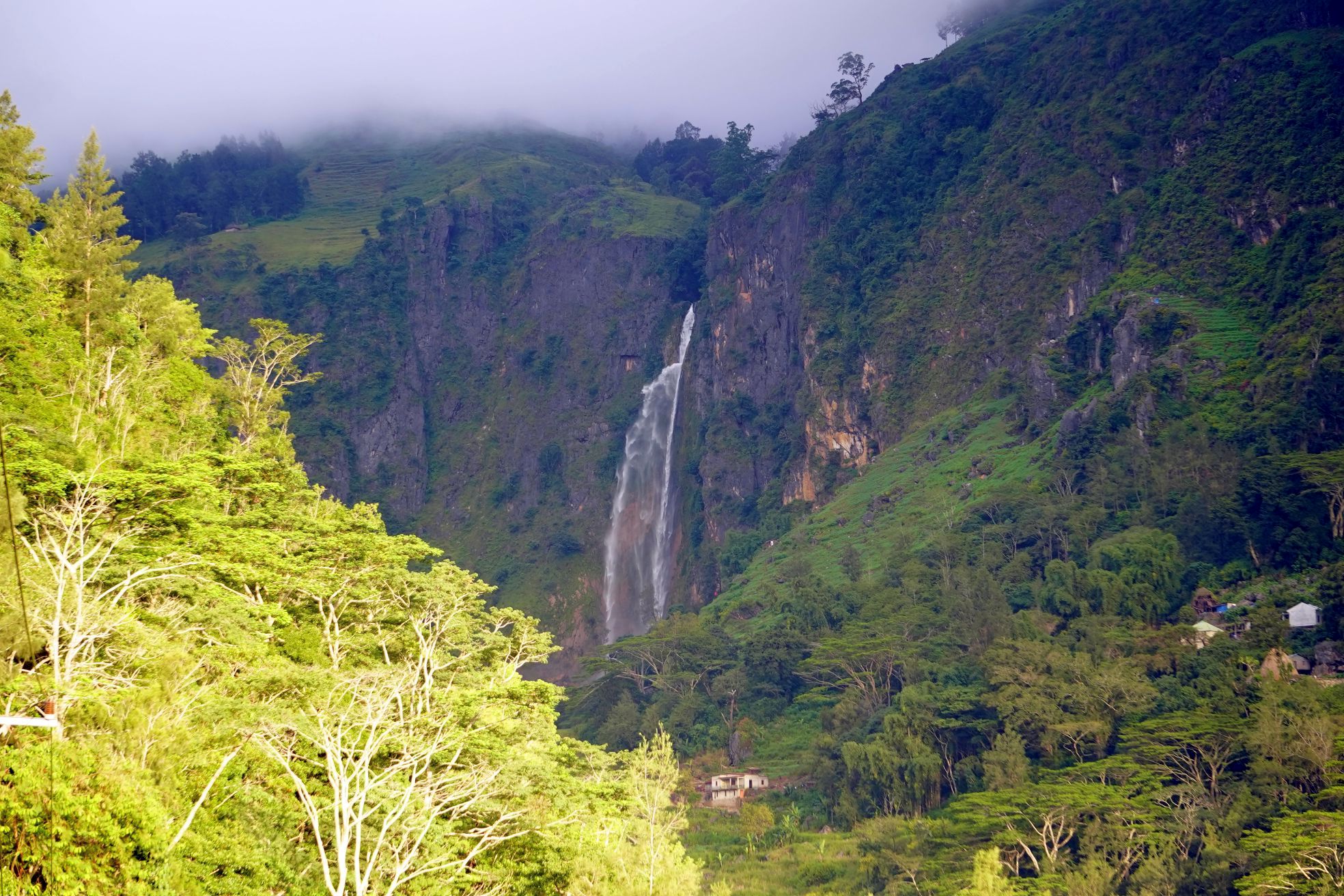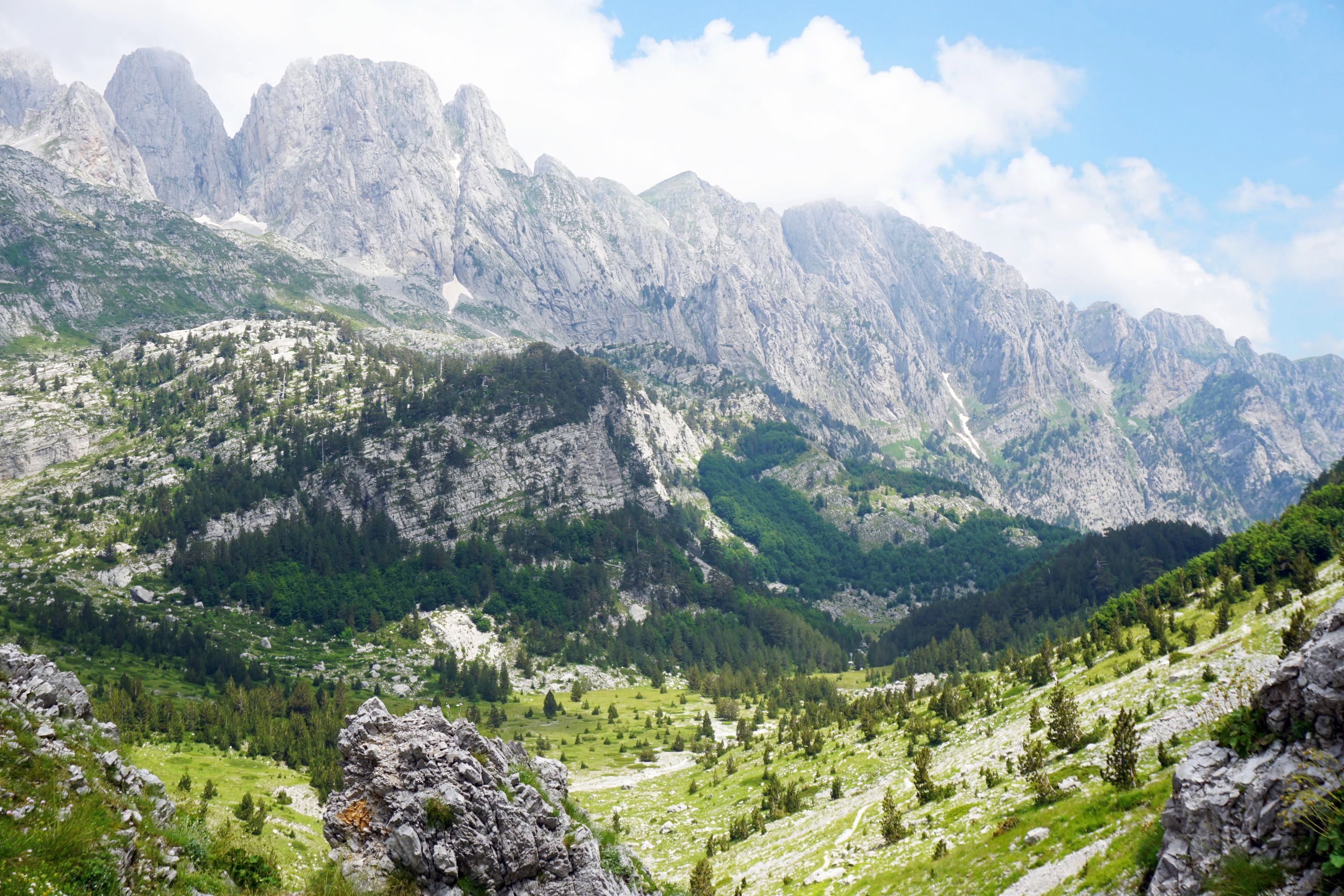Days seven to eleven of the Luana Snowman Trek, following the Laya-Gasa Track. After this the only people on the track would be those walking the Snowman Trek, completed by about 50 people a year.
Leaving Shomuthang it was immediately up hill, and unusually in some sunshine, a rarity in the first weeks of the Snowman as it starts at the end of the long Bhutan monsoon season. This is to allow getting over the passes in Luana at the end of the trek before they’re blocked by snow.


We climbed about 800m to cross the 4,780m high Jhare La pass, providing impressive views in both directions of the Bhutanese part of the Himalayas.




We then lost pretty much all the altitude we’d gain, descending an increasingly muddy track.


At the bottom several valleys meet by the Jholethang Chhu River. In summer this area is off limits as it is one of the largest breeding grounds of the takin, the national animal of Bhutan, with 500-700 of them gathering to mate.



The day finished with a steep 160m ascent to finally reach the wonderful campsite at Robulathang, 4,410m above sea level. An added bonus was that a week into the Snowman Trek this was the first day that it didn’t rain, or at least not until 7pm. It was also the first night without any dogs at camp waking everyone in the middle of the night.




Day eight was probably the toughest of the Snowman so far. From Robulathang it was a steep climb, then a more gentle but boulder filled ascent, before a final push up to the Shinge La pass, 5,000m above sea level, the highest I’ve walked before. The lack of oxygen at this altitude is keenly felt.






On the way to the pass there were plenty of Rheum Nobile around, an unusual metre high plant, which spreads out in a wonderful display of colour when they die. The stem when tender is used in soups.


As usual there were plenty of prayer flags at the pass, plus a chorten built in 2011.


Just below the pass we stopped for lunch in a spectacular, if rather cold, setting.





As we descended 850m from the pass to our campsite for the night the rocky landscape started to become green, with a blanket of rhododendrons.

The sun emerged for the rest of the descent, a wonderful feeling after a week of mostly low cloud and some rain, bringing the autumn colours in the landscape to life.



By mid afternoon we reached the lovely campsite at Limithang, one of the best so far on the Snowman.

The next day started in thick cloud but thankfully it cleared sufficiently before we left camp to get an idea of the 6,840m high Gancheta or Tiger Mountain.

On paper it was an easy walk down by the river toward Laya, but in reality we climbed over 400m and there was plenty of mud to dodge.



We reached Laya by lunchtime, by far the largest village on the Snowman Trek, home to well over a thousand people. It is one of the highest (3,700m above sea level) and most remote large villages in Bhutan. It has power and mobile reception but until next year when the road is complete it is a three hour walk and two hour drive to reach Gasa, the administrative centre of the district.




We camped in a field behind the house of one of the guides grandparents, who have been looking after hikers for twenty years. The room we had our meals in had some wonderful festival masks representing a dragon (green), tiger (red), lion (white) and a gurada (blue). There were also conical bamboo hats worn by the women in the village, which are associated with fertility.





The village is wealthy from harvesting Cordyceps Sinesis (“caterpillar fungus”) over the summer months, which is much in demand as a traditional Chinese medicine. The harvesting isn’t sustainable though so tougher times may be ahead. In the meantime there are many new and beautifully decorated houses around the village, though also huge amounts of mud walking between them.


We spent a lovely sunny day resting in Laya, having our first shower in nine days. It was just a bucket of hot water in a tent but it was blissful. Having time and sunshine also allowed plenty of clothes to be washed by the group.

I’m not very good at sitting around so spent the morning exploring the village with a local, heading first up to the grounds owned by the King of Bhutan where the annual Laya festival is held in late October. There were some photogenically positioned yak on the way.



The festival grounds had a wonderful background of misty mountains. Relatively new, the festival has proved popular with tourists, helping the economy of this remote village.



Back in town there were three temples, this one being the most attractive, but it was unfortunately closed.



By the school was this unusual sign post. About fifty school children were standing around the sports field practicing their dance moves for the upcoming festival.

Some more photos of the beautiful houses around the village.





We finished our time in Laya with traditional dancing by the women of the village, very similar in music and moves to those I saw a couple of months before in the Nubra Valley in Ladakh.








Leave a Reply